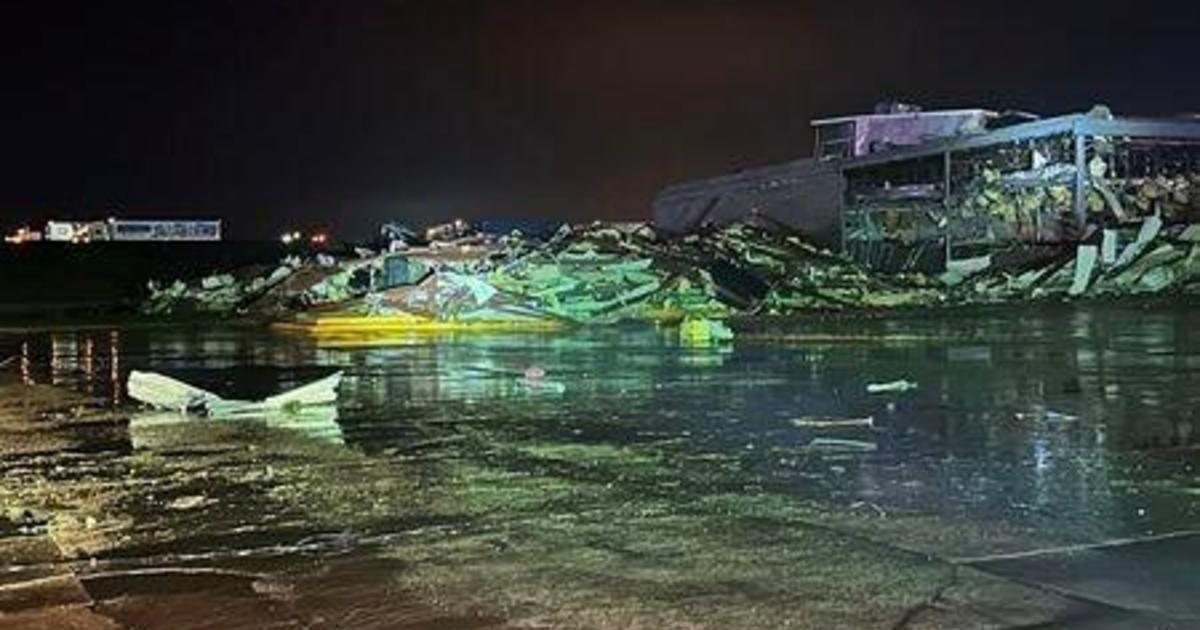Viking ship remnants unearthed at burial mound where a "seated skeleton" and sword were previously found
Archaeologists in Norway recently unearthed the remains of a Viking ship at a burial mound in the country's Trøndelag region. The discovery comes centuries after a "seated skeleton" and a sword were found at the same site.
The discovery was announced on social media by Trøndelag County, and was made by researchers from the county and the nation's NTNU Science Museum. The archaeologists were conducting a small survey at the burial mound, named Herlaugshaugen, where they found large nails that the county said confirmed it was the site of a Viking ship.
The ship is from the Merovingian Era, which lasted from 476 A.D. until 750 A.D., according to the Encyclopedia Britannica. Gemini, a Scandinavian science and technology publication, said that the ship was built in approximately 700 A.D. and noted that the Merovingian Era precedes the Viking era. Ship burials were used reserved for individuals, because it was believed they offered safe passage to the afterlife.
The ship isn't the only major find to have been turned up at Herlaugshaugen. The burial mound is over 196 feet long, according to Gemini, and was excavated multiple times in the 18th century. In that era, researchers discovered iron nails, a bronze cauldron, animal bones and a "seated skeleton" with a sword.
According to Gemini, Norwegian sagas suggest that Herlaugshaugen could be the burial place of King Herlaug. The skeleton was displayed at a museum as that of Herlaug, Gemini reported, but eventually disappeared.
The other items also vanished as of the early 1920s, with Gemini reporting that the bronze cauldron was said to have been melted down into shoe buckles.
The area where the ship was found is now the oldest known ship trench in Scandinavia, the county said. Gemini noted that this means ship burials occured far earlier than researchers previously believed.
Geir Grønnesby, a researcher at the NTNU Science Museum, said that dating the ship back that far shows that people had maritime expertise and could build large ships much earlier than previously thought.
In 2020, a large Viking burial site was discovered by Norwegian archaeologists. That site was in the southeastern part of the country, in Gjellestad's Jell Mound. That burial mound is one of the largest Iron Age funerary mounds in Scandinavia, CBS News reported. The mound has been used for centuries, possibly beginning in the fifth century, but the ship itself appeared to have been buried centuries later.




